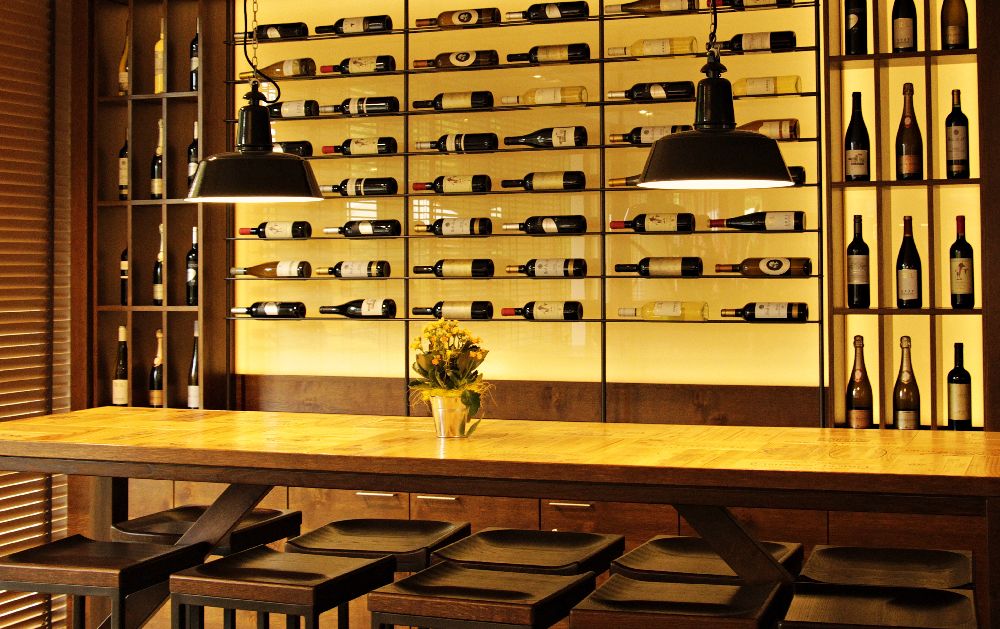
Wine, an elixir that tantalizes the senses, comes in various shapes and sizes of bottles, each contributing to the art and experience of wine appreciation. Beyond the liquid treasure they hold, wine bottles themselves embody tradition, innovation, and cultural significance. The diversity in their design is not merely aesthetic; it often serves practical purposes, preserving the wine’s quality while also reflecting the heritage and character of the wine within.
Classic Shapes
Bordeaux Bottle: The Bordeaux bottle, with its high shoulders and straight sides, is iconic. Often used for Cabernet Sauvignon and Merlot, its design allows sediments to settle at the bottle's bottom, aiding in decanting, while the tall neck facilitates pouring without disrupting these sediments.
Burgundy Bottle: Contrasting the Bordeaux, the Burgundy bottle has sloping shoulders and a wider body, ideal for Pinot Noir and Chardonnay. Its broader base allows for more surface area for wine to breathe, enhancing the complex aromas and flavors.
Champagne Bottle: Recognizable by its punt (the indentation at the base), the Champagne bottle's thick glass and sturdy design withstand the pressure from carbonation. The broader circumference helps contain the effervescence and distinctive taste of sparkling wines.
Specialized Designs
Hock Bottle: The slender, tall Hock bottle, prevalent for Riesling and Gewürztraminer, emphasizes elegance and refinement. Its elongated neck accentuates the floral and fruity notes of aromatic white wines.
Rhône Bottle: Used for wines like Châteauneuf-du-Pape, the Rhône bottle has sloping shoulders similar to the Burgundy bottle but with a sturdier build, reflecting the robustness of the wines it houses.
Unique Sizes
Standard (750ml): The most common size, holding approximately 25 ounces, the standard bottle suits various occasions and is perfect for sharing over dinner or among friends.
Magnum (1.5L): Twice the size of a standard bottle, a magnum preserves wine quality better due to a smaller air-to-wine ratio. It also ages more gracefully, making it a favorite among collectors.
Jeroboam (3L): Named after a biblical king, the Jeroboam is equivalent to four standard bottles. Often seen in celebrations or large gatherings, it allows for longer aging, resulting in unique flavor development.
Nebuchadnezzar (15L): This colossal bottle, equivalent to twenty standard bottles, is a rare sight. Typically used for promotional events or auctions, it's a symbol of extravagance and opulence.
Modern Innovations
Flat Bottles: Environmentally conscious brands have introduced flat wine bottles, optimizing space during transportation and reducing carbon footprint. These bottles, though atypical in shape, maintain the wine's quality while being more eco-friendly.
Lightweight Bottles: Wineries are adopting lighter glass materials to reduce shipping costs and environmental impact without compromising the wine's integrity. These bottles are sleeker, yet sturdy enough to protect the wine inside.
Cultural Influences
The evolution of wine bottle designs is also influenced by cultural traditions. For instance:
- Italian Chianti bottles often feature a round body enclosed in a straw basket called a fiasco, preserving the bottle's integrity during transportation and evoking rustic charm.
- Spanish Rioja wines are traditionally bottled in Bordeaux-style bottles, signifying the historic ties between the regions.
Key Takeaways
Wine bottles are more than vessels; they narrate stories of tradition, innovation, and cultural heritage. From classic Bordeaux and Burgundy bottles to specialized designs like Hock and Rhône, each shape embodies functionality tailored to specific wine types. Unique sizes and modern adaptations further showcase the versatility and evolution within the wine industry. Ultimately, the diversity in wine bottle designs contributes to the beauty and allure of the beloved beverage, enriching the experience for wine enthusiasts worldwide. Cheers to the artistry that extends beyond what's poured into our glasses!
